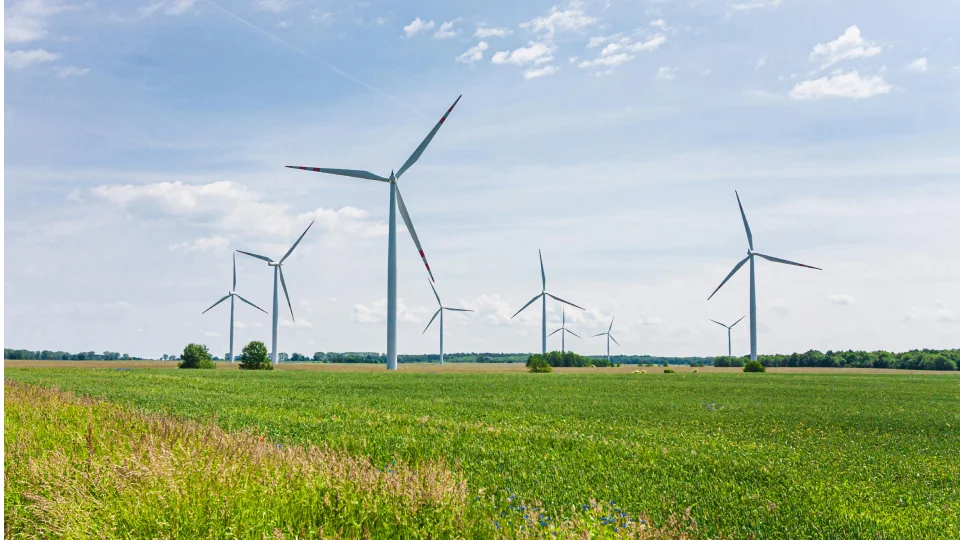Purpose The purpose of this study is to examine the energy savings in the indoor environment, using strategies that adopt the characteristics of nature, called biomimetic solutions. This research designed a biomimetic window system to bring daylight into interior spaces in educational buildings where daylight cannot be reached. Specifically, this study assessed how the daylight …
Recent Publication
March 1, 2022
4 years ago
The sustainable and energy-efficient interior design course engages about 50 undergraduate students in the Interior Design program in a coordinated program of research, hands-on immersive learning in home energy assessment tools and techniques, and curriculum development. It will supplement students’ understanding of energy efficiency assessment and analysis in residential buildings as well as students’ knowledge …
March 1, 2021
5 years ago
The time staying indoors for occupants is increasing day by day, but their satisfaction in the indoor environment is not improving; moreover, building energy consumption continues to increase. About 40 percent of all U.S. energy was consumed by residential and commercial sectors and educational buildings consumed 11 percent and 13 percent of total electricity and …
March 1, 2021
5 years ago
The use of nature has become increasingly important in the design of interiors given the current pandemic. This integration of nature has been confirmed to restore people within their environments, afford a more environmentally friendly atmosphere, and appeal to economic qualities. Allied research topics include environment-behavior studies that examine relationships between human behavior and the …
January 20, 2020
6 years ago
School is the place where children spend much of their time every day. The school environment should be safe from any violence and danger. The question, “Do school buildings in Michigan provide safe environments for children and teachers?” has been asked by many community members. Our team of environmental design faculty and urban planning faculty …
November 1, 2019
6 years ago
The main research question of this project is, if schools in the State of Michigan are designed to secure students from violent crimes or during an emergency situation. To answer this question, this research aims to examine students’ and parents’ opinions about school safety in terms of both indoor and outdoor environments. The study conducted …
December 31, 2017
8 years ago
Recently, it is becoming increasingly difficult to ignore carbon emission implication of building operations due to the significant rate of energy usage in buildings. In the building sector, our normal expectation implies that large building floor area induces more greenhouse gas (GHG) emission. In this research, the correlation between building total floor areas and GHG …
November 17, 2017
8 years ago
Significant amounts of energy are consumed in the commercial building sector, resulting in various adverse environmental issues. To reduce energy consumption and improve energy efficiency in commercial buildings, it is necessary to develop effective methods for analyzing building energy use. In this study, we propose a data cube model combined with association rule mining for …
April 27, 2017
8 years ago
In these days, it is becoming increasingly difficult to ignore energy shortages due to increasing energy usage in buildings. In building sector, we could expect that greater building areas imply more greenhouse gas (GHG) emission. In this paper, the correlation between building size and GHG emission is clarified by extracting a regression line and analyzing …








